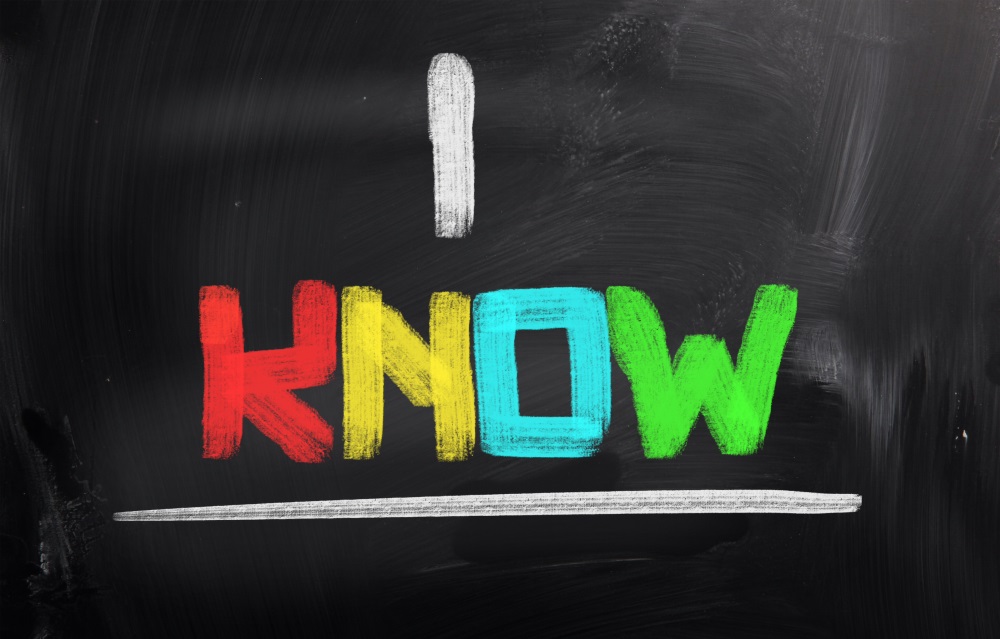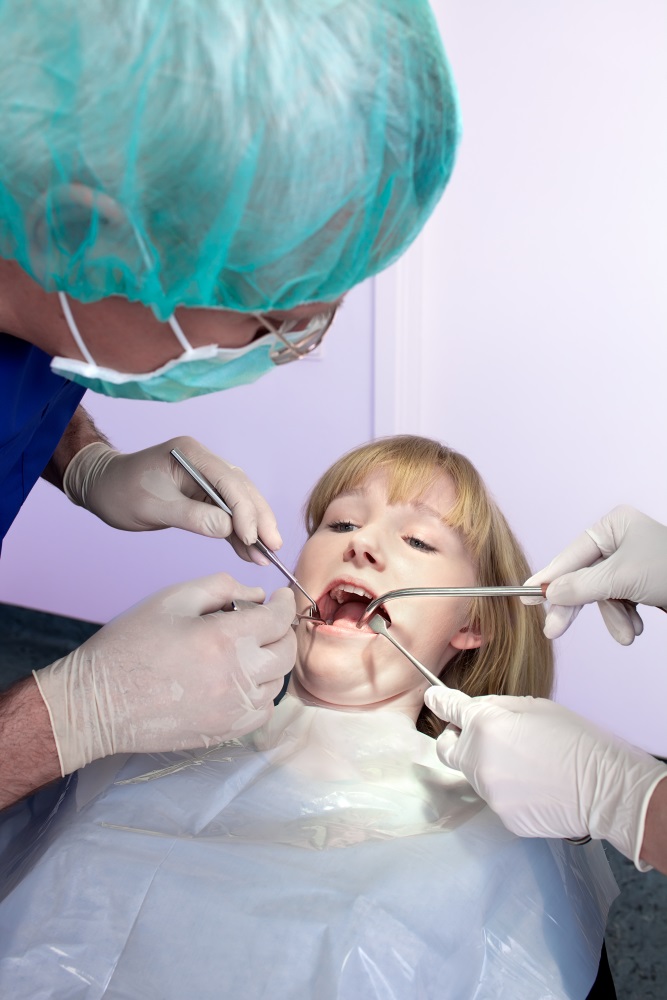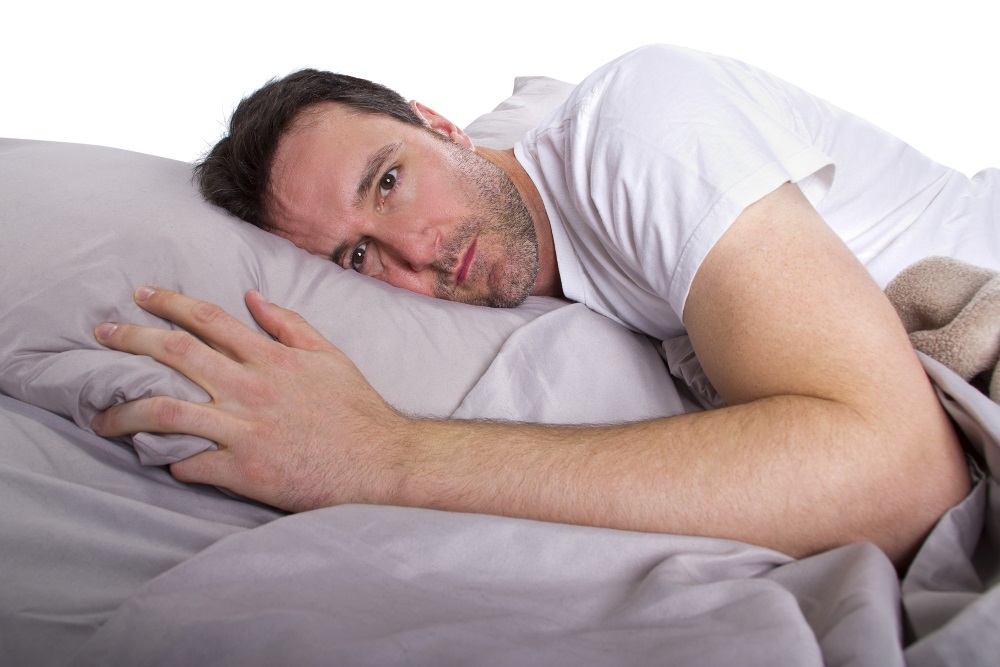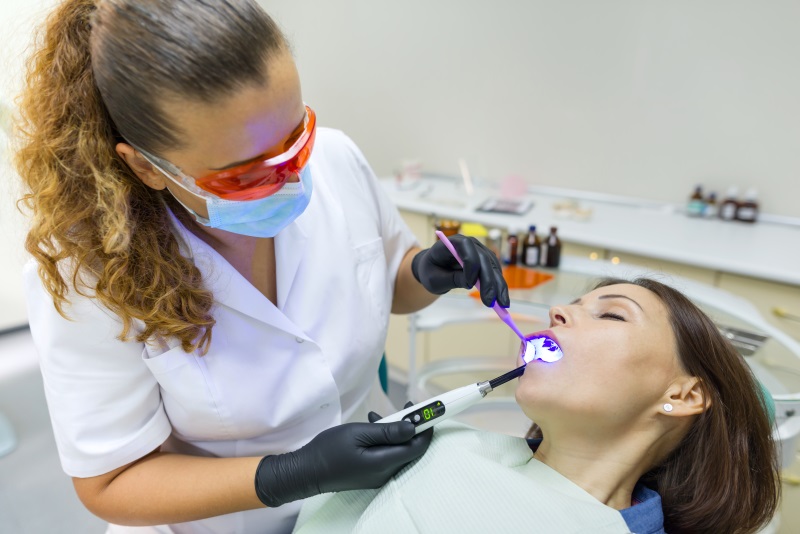Here at Dr. Ku’s office we love trivia and have learned through the years that MANY of our patients do, too! And while we all hope that we’ll see a category on Jeopardy dedicated solely to tooth trivia, we continue to prepare ourselves until that day—and help you along the way.
If you are able to win it big thanks to a fun fact that you learn here, just remember your friends here at Dr. Ku’s office!
Let’s get started! Did you know…
- Tooth enamel is the strongest substance in the human body. It’s made up of 96% minerals and is one of the only parts of the body that cannot regenerate or repair itself. That’s why it’s so important to practice good oral hygiene, limit sugary and acidic foods, and see your dentist regularly!
- Just like a fingerprint, your tongue print is unique to you. No two people have the same one, and some cyber experts are looking at ways to use your tongue for biometrics.
- We all have a dominant hand, which usually corresponds to the dominant side of your mouth. That means that if you’re right handed, you are more likely to chew on the right side of your mouth. Test it out!
- The second most common disease in the United States isn’t cancer or the flu, it is tooth decay. But with good oral health practices, it’s also totally preventable.
- Children, on average, only have 20 teeth. Compare this to adults who have 32 (including their four wisdom teeth).
- You produce between two and four quarts of saliva every day! Over a lifetime that’s over 25,000 quarts!
- Unlike bones or other parts of the body like your skin, the teeth are incapable of self-repair. And since they can’t heal themselves, that is why fillings are necessary. A filling prevents further destruction of the tooth when infection and decay happen.
- The way to tell the difference between an alligator and a crocodile is by their teeth. And while we don’t endorse getting close enough to know, it comes down to the fourth tooth on the lower jaw. If that tooth protrudes out when the snout is closed, it’s a crocodile; if it doesn’t protrude out, it’s an alligator.
- Americans purchase 3 million miles of dental floss every year.
- George Washington did not have a set of wooden dentures. However, he did have notoriously bad teeth, and instead had a set of ivory dentures.
- Sugar-laden cotton candy was actually invented by a dentist and introduced at the 1904 World’s Fair.
- The earliest record of a toothbrush was noted in Chinese literature about 1600 AD.
- The most popular remedy to get rid of a toothache in the Middle Ages was to kiss a donkey.
- It takes 43 muscles to frown, while it only take 17 muscles to smile.
- There are more bacteria in one mouth than people on the planet.
- A snail has over 25,000 teeth, but its mouth is only the size of a pin head.
The post The Trickiest Tooth Trivia appeared first on Fort Worth Dentist | 7th Street District | H. Peter Ku, D.D.S. PA.





